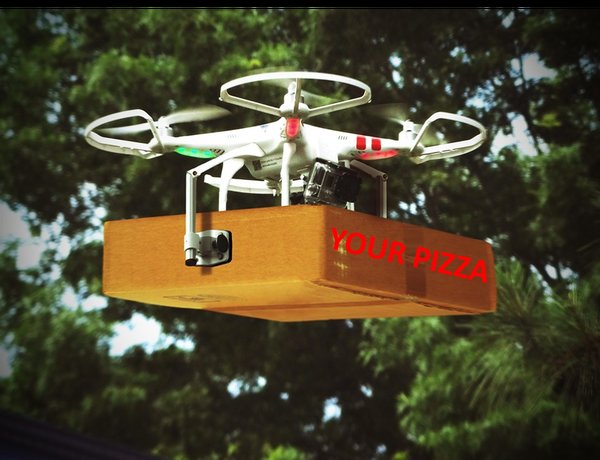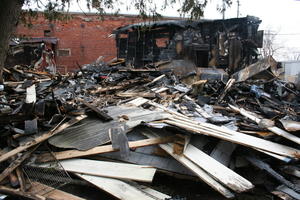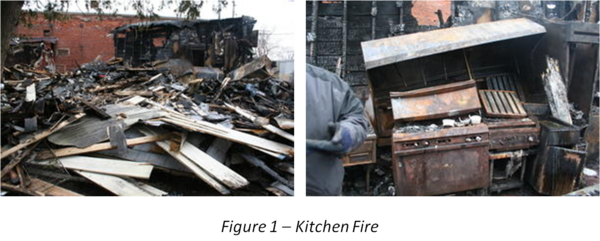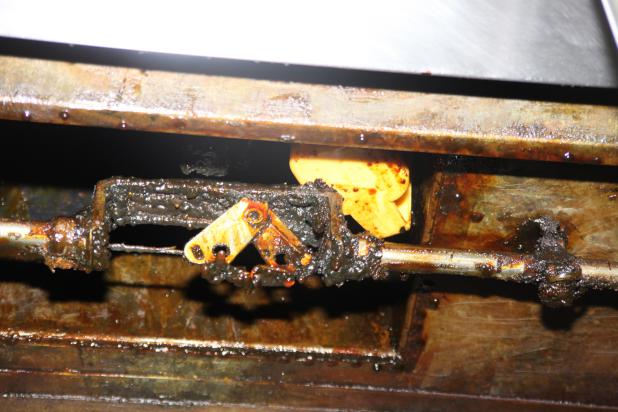When we give certified food manager exams we are often privileged to discuss other aspects of the food industry with experienced professionals after they have completed food safety testing. Recently, we engaged in a discussion on the value of restaurants and food-production facilities having their own websites. We see a lot of benefits to investing in having a unique web presence, so we thought we would share some of the highlights of past discussions.

The Certified Food Manager and Restaurant Websites
While word of mouth advertising has its benefits, we have discovered that more and more potential guests turn directly to their smart phones and tablets when scoping out local restaurants. While having great reviews on Yelp and a five-star Google rating can help you attract customers, many will take their review of your restaurant one step further by looking at your business’ website. From listening to qualified professionals, it is our opinion that a guest may choose a similar restaurant to yours simply because they can easily access the menu and get a feel for you a location’s ambiance from the convenience of their computer or tablet.
Your website should be unique, and we have a few suggestions to could help you come up with a visually appealing plan if you choose to create a website or hire a designer to do it for you.
- Visually show off your style
- Have an easily accessible menu
- Allow mobile viewers to easily navigate your site
It is important that visitors to your webpage get a feel for your cuisine and ambiance the second they visit your site. It is also important to note, that many of these viewers will be on the move looking for a place to eat, so you may wish to consult with a web designer that has experience designing mobile friendly websites.
Finally, potential diners are going to want to know what is on your menu. Having a concise, easy to read menu on your web page will go a long way towards attracting them to your location. It could also have visually appealing pictures of your dishes, but if they get in the way of the actual menu, visitors to your site may look elsewhere if your menu page is convoluted.
Having a well-designed webpage does not only benefit local food producers. If you are a certified food manager that has a product on local grocery shelves or sell your prepared food at any other outlet, consumers may pull out their smartphones to investigate your product for further information before making a decision to purchase your goods.
Web pages are just one modern marketing technique used to attract customers. Do you have an online marketing strategy that works for you?
(Note: Street Level Solutions has been handling Safe Food Training’s Internet marketing needs since 2013. They have years of experience and will give a free no strings attached consultation to anyone who mentions this blog.
“Websites are just one of the many digital marketing tools that a business needs to consider when creating a marketing plan. Each restaurant and food-production facility is unique, if you want to get more customers you need to tell them how you’re different, show them why they need to try your establishment then consider the most effective way to get that message in front of your prospective customers. I’d be happy to brainstorm with you to help create a plan. You can contact me at (763)416-2000.” Dave Haas, Street Level Solutions)







